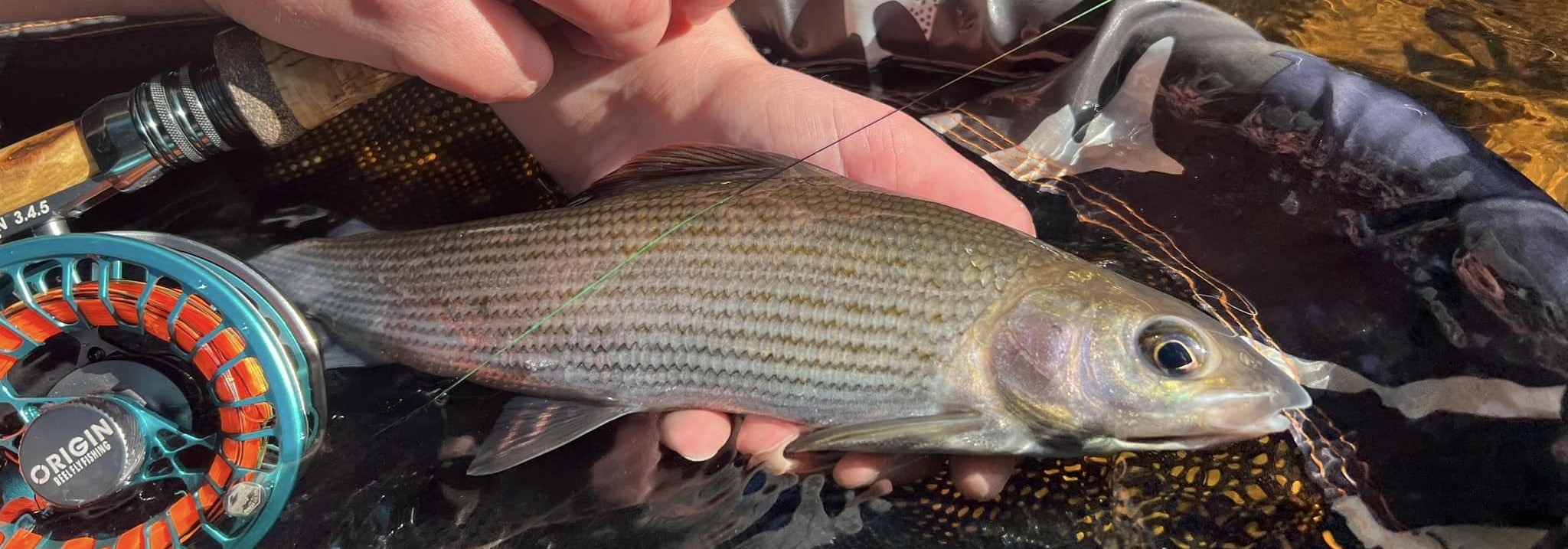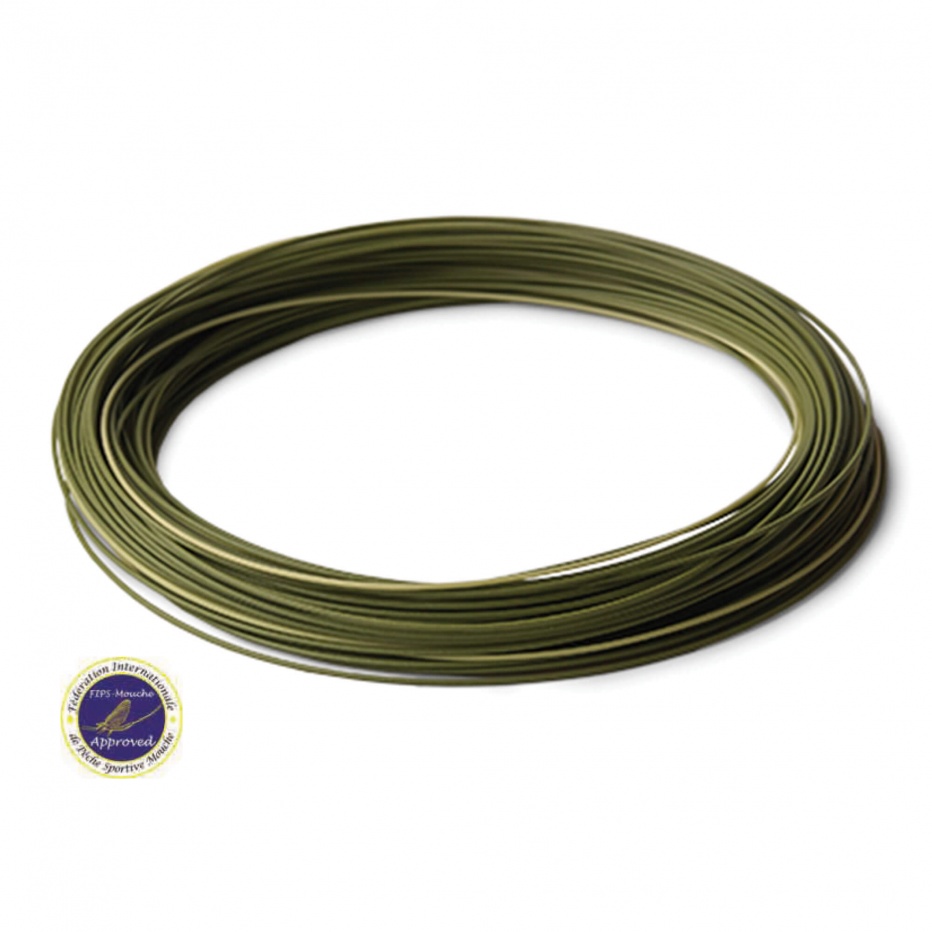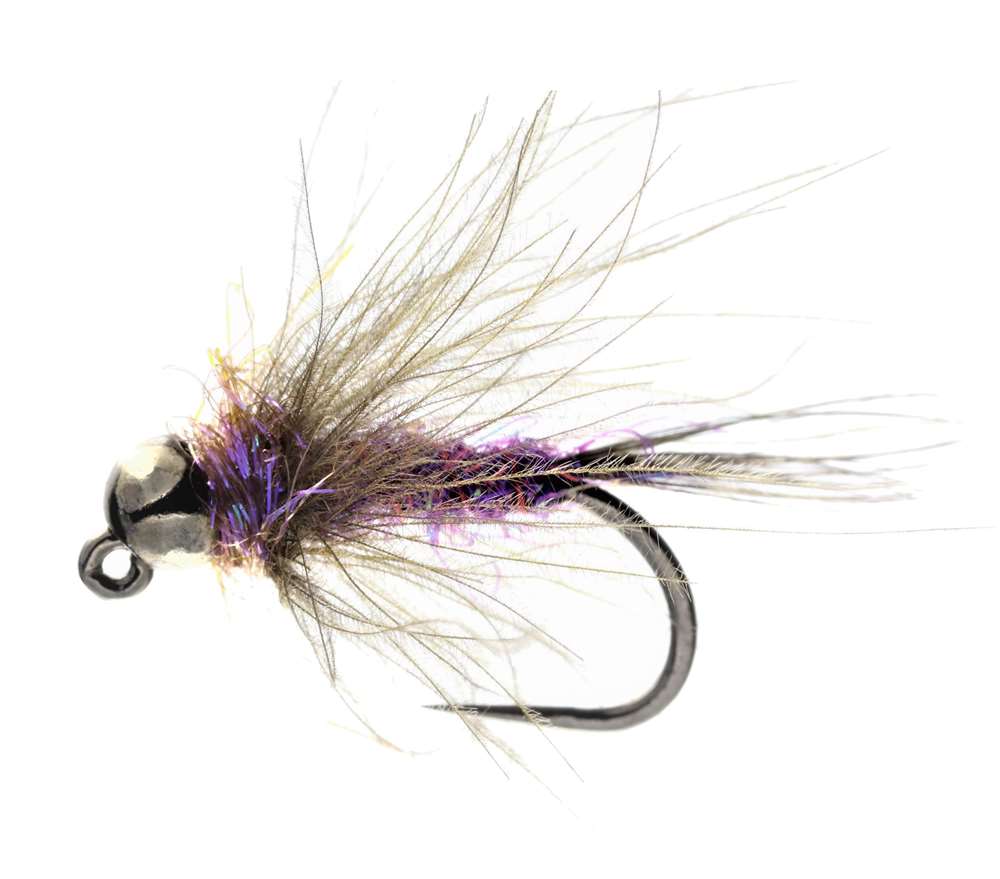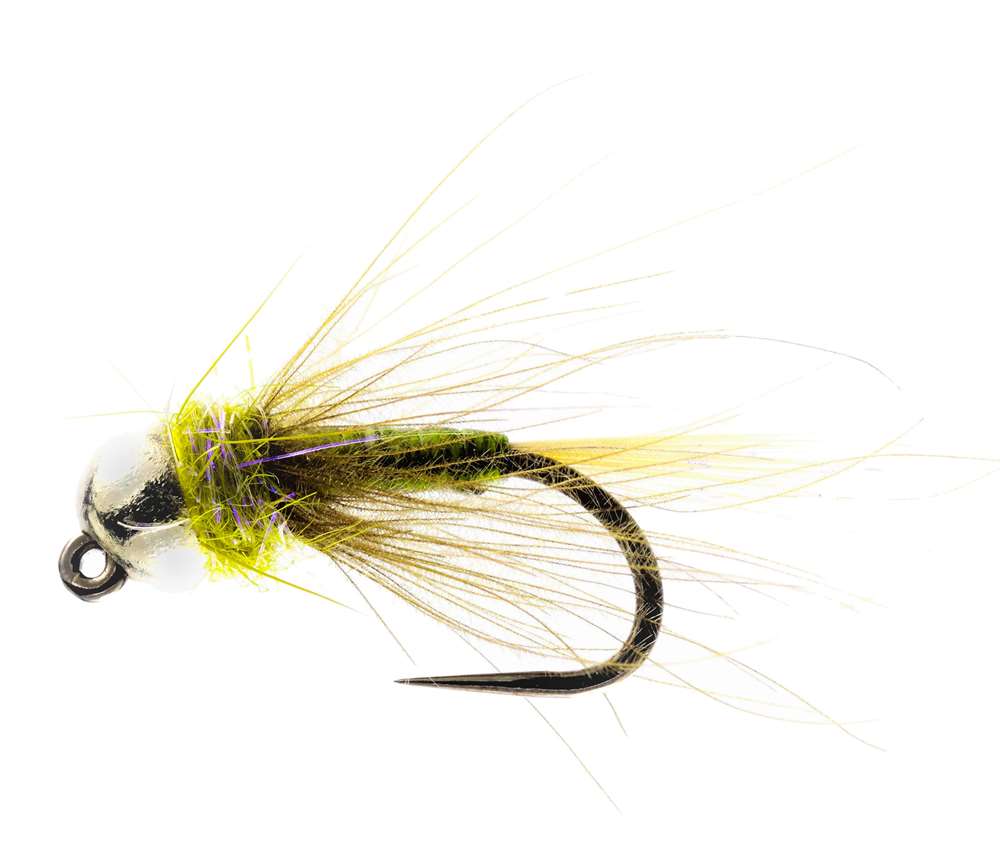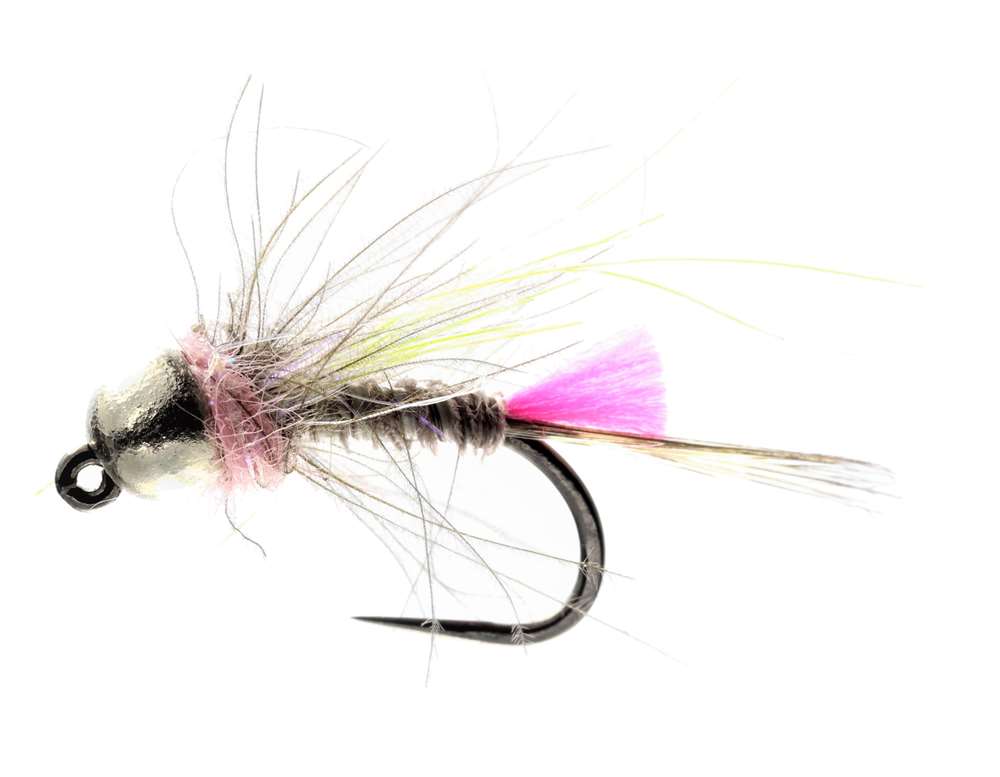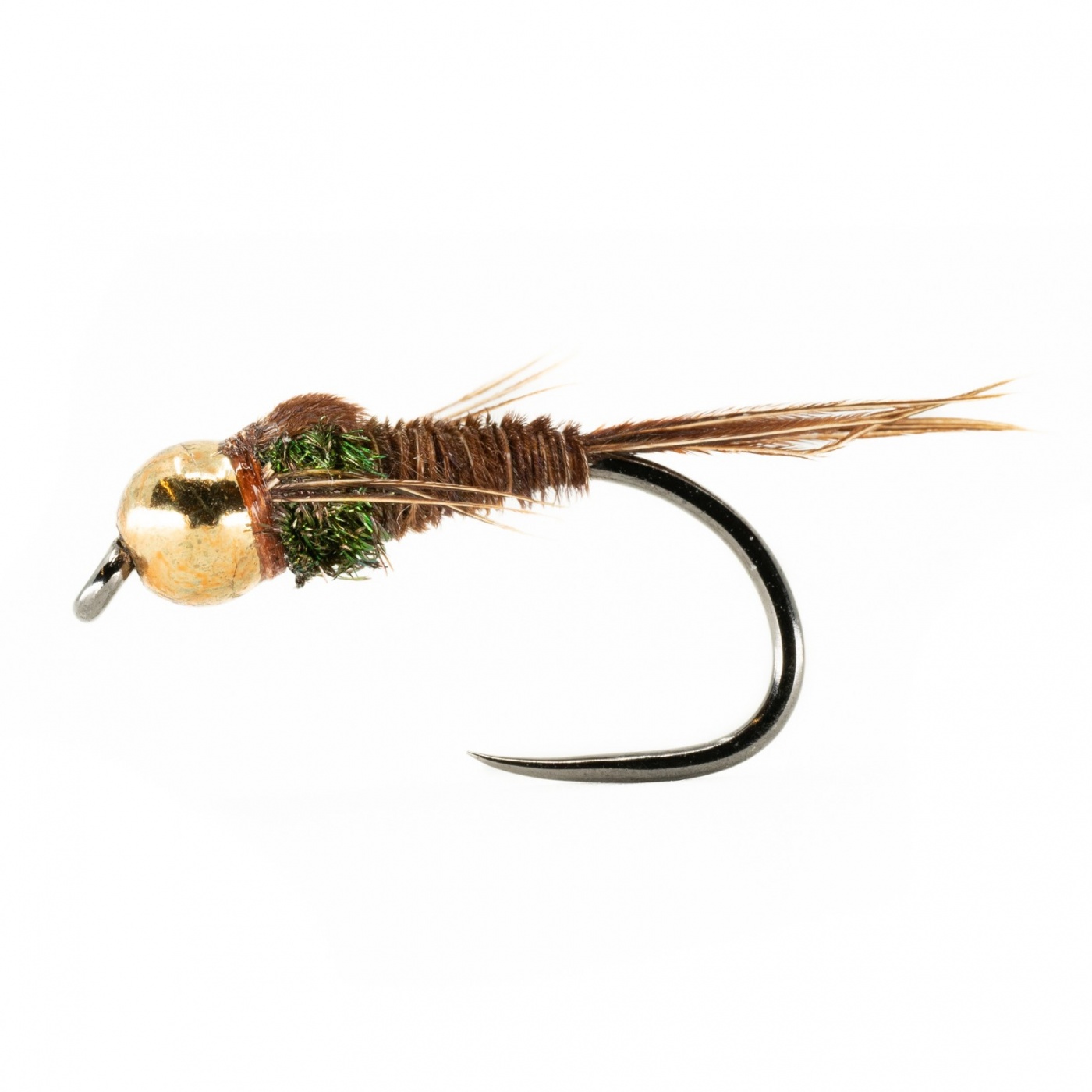River Rig Set Ups You Need To Know About!
Struggling When Fishing In Higher Water? These Rigs Can Help!
Here at The Essential Fly were always on the look out for what we can do to help you catch more fish! We're lucky to have inhouse fishing experts on hand to pick their brains for their knowledge and tips to help you well on your way to up your catch rate!
We picked the brains of Yorkshire angler and fly tyer Phillippa Hake to share with us her top three rig set ups for fishing the rivers when they're on the drop from recent rain!
Firstly
You need the right set up. Typically river angler setting out to nymph will usually set up to "euro style nymphing". For this you'll usually need a longer rod say a 10ft/11ft 3wt. Having the longer and lighter rods it enables you to have much more feel of what's going on under the surface! These lighter rods are much more sensitive and you can often feel everything. From there you'll need a matching reel and fly line. There will always be a debate on if you need a fly line or not when nymphing and there are tons of fly lines and leaders out there on the market to choose from but as a beginner see my list below for a starting point!
Rod - Wychwood Drift Fly Rod 11" 3wt
Reel - Greys Fin Fly Reel 3wt
Fly Line - Rio Products Euro Nymph Fly Line
Leader - Rio Products Indicator Leader
Tippet - Dependant on the river and the size of fish, Fluorocarbon tippet of 2LB to 5LB #
Casting Nymphs -
The "Modern" way of nymphing these days is typically euro nymphing which involves flicking your flies upstream of where you're stood in the river and tracking them back down as they tumble through the water. Keeping the rod held high so there is no drag of fly line is vital as this gives your flies a more natural look in the water as they will be drag free! When the nymph(s) are coming back down keep a firm eye on the indicator or highlighted section of the leader/fly line. Any sudden stop or pull you should be striking, more often than not this results in a fish!
It's important to cover the water you have in front of you, an easy way to do this is imagine either a clock or a grid in front of you and before moving on upstream ensure you've out your flies in each of them little pockets! You'll be surprised at how many fish you might catch right under your rod tip!
Rig One - 1 Fly Rig
For new anglers just starting out river fishing it can be a daunting task but its a great starting point using one fly to get use to how the rivers work and keeping in contact with your flies! Although the one fly set up does perform better in lower and pocket water adding a heavy fly such as a squirmy or a big caddis nymph can be deadly in faster deeper water!
The Pink Squirmy - A deadly fly to use after the river is dropping from a flood! Imitating worms that have been dredged from the banks as the water has been pushing through You should make room for these in your box, they certainly have their place in mine! #
Rig Two - 2 Flies
Probably the most common way river anglers approach a nymphing scenario. From your leader/indicator the length of tippet you have from there to your first fly will depend on how deep the river is you're fishing, if you're unsure a good starting point is around 5ft. Now its worth adding there's a few ways you can attach your droppers at this point, this comes down to personal preference.
- Standard tippet rings - quick and easy
- Dropper Knots - Three turn water knot
- Tippet attached to bend of fly
Tying on droppers is something anglers play about with to see which they find the best, easiest and quickest!
How Far Apart Should My Nymphs Be?
Probably the most commonly asked question I get when out showing someone how to nymph. From the end of your 5ft of tippet knot on around another 2ft more of tippet around half way down that tie on your dropper and have that set at about 6 inches.
Phillippa's Top Two Nymphs To Use
Not For The Faint Hearted! Three Fly Rig
It can be off putting for anglers to fish with three flies on a cast, one main reason is that you will be more prone to tangles but lets take a look at the positives.
- When nymphing in any setting you want your flies to look as natural as possible as they tumble down the river. In windy conditions this can be hard to get right due to the wind blowing your line and things not staying tight and in contact with you. Adding in a heavy point fly to a three rig set up will help this and will "anchor" your flies meaning you get more control when fishing.
- In high water and in rivers with deep holes, with three flies you're adding more weight resulting in your flies plummeting to the feeding fish much faster and efficiently!
- Maximise your chances of finding out what fly they are taking!
Top 3 Fly Picks For High Water Euro Nymphing
Anchor fly -
You want something heavy, especially for deep pools and high rivers. Something like a Peeping Caddis but make sure its suited so look to get size 12/10s with heavy tungsten beads. A big size 10 Peeping Caddis thrown around on an evening will often throw up a few fish! with these big flies hitting the deck its vital you keep in contact with your nymph as soon as it hits the water to help detect takes!
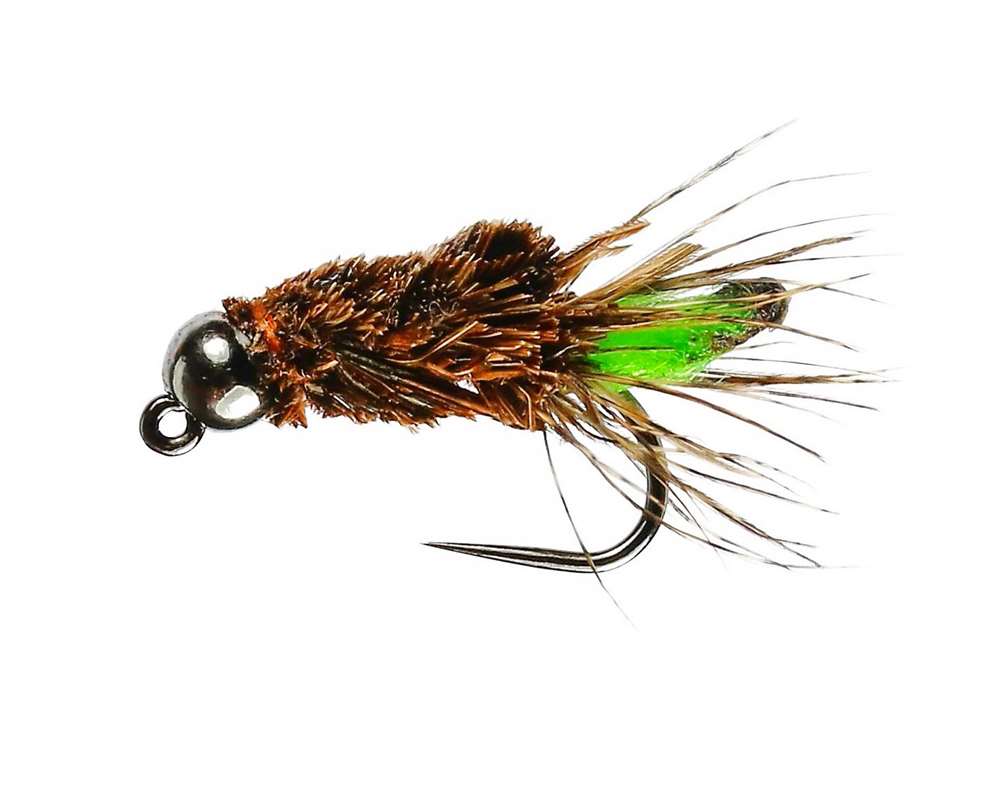
Middle Dropper -
Maybe try something with a little flash, pink and red cdc tags are a staple in river nymph fishing! you can usually always count on these! A good fly size would be a 14 in higher water but if your fishing in normal levels 16's will work too!
Top Dropper -
Something natural and lighter than the two flies below so everthing tapers to the cast's needs. I personally love to fish a classic Pheasant Tail Nymph. If you're fishing dirty water it might be worth having a few "Hot Spot PTN's" in your box with a little sparkle. However in high but clear water you'll often have success with the good old natural!
With the rivers dropping nicely just now after what feels like moths of rain what put fishing to a halt. There's some great fishing to be had. A note to point when out on the water after a flood or fishing high water in general.. Keep safe! Wear a life jacket, use a wading stick and only fish if its safe! Its a good idea to always let someone know when you're going fishing too and what time you can be expected back! Tight lines and do send in your fishing pics!
